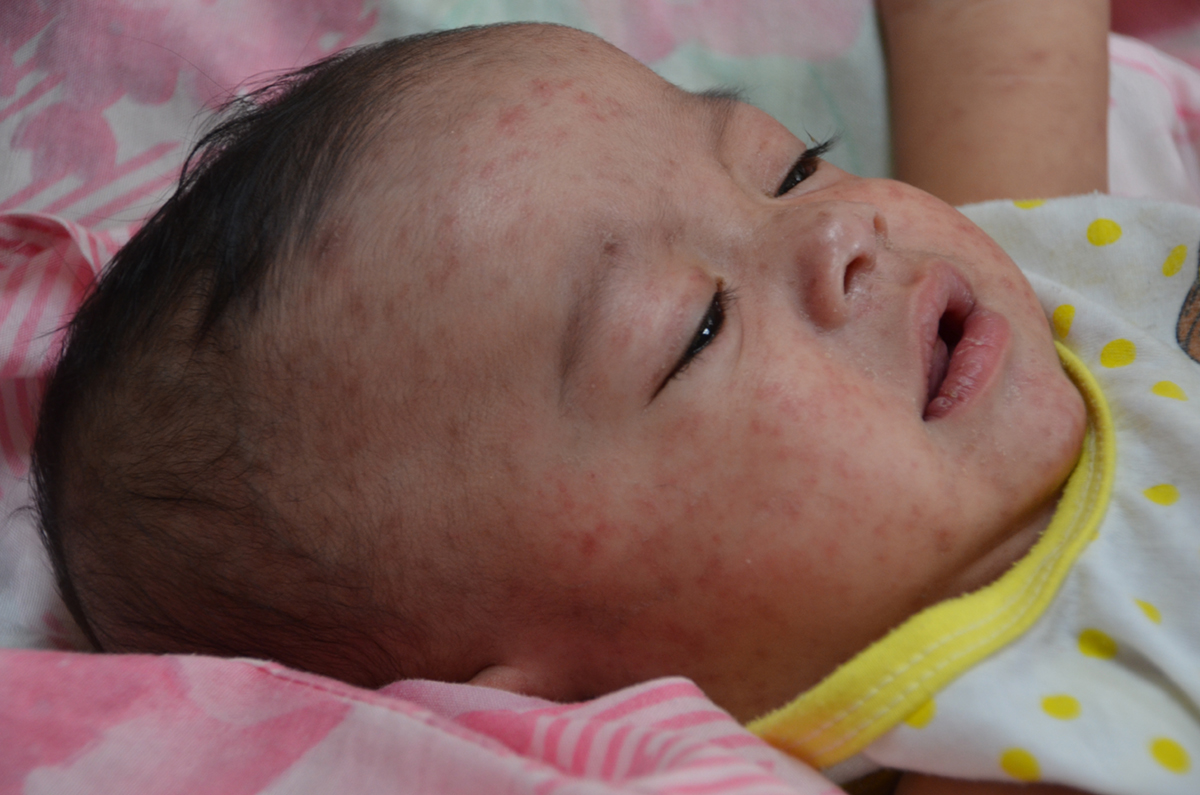
Measles are a common childhood age illness, which unfortunately sometimes goes undiagnosed because the parents fail to recognize it. It is very important that parents or caregivers are aware what measles are and how they can be recognized, because this illness is best treated at early stages.
What are measles
Measles, alternatively called rubeola (not to be confused with rubella, which is another illness called German measles) is a very contagious viral disease that usually affects young children, although it can affect adults as well. The mother’s immune system usually protects the child until he or she is six months old, and after that the child is susceptible to the virus.
The usual symptoms of measles are rash, cough, sneezing, nasal congestion, fever, and fatigue.
Although there is no specific treatment for this viral disease, a doctor must be consulted because some of the symptoms can be treated in order to relieve them, and, more importantly, to prevent any possible complications of measles, which can be quite serious.
Tips for recognizing measles
Children usually become irritable and cranky and cry for no apparent reason when they become infected with measles virus and when the first symptoms start showing.
Fever up to 102F is usually associated with common cold or flu. However, if the fever is sudden and if it causes weakness and fatigue in child, it may be a sign of measles.
The child’s sleep can tell a lot about his or her health. In case of measles infection, the child may wake up during night, sometimes crying, or he or she may appear to be uncomfortable while resting.
Typically, the first symptoms of measles resemble a flu or a common cold and include runny nose, sneezing, sore throat, and whooping cough sets in soon as well. Watery eyes may be another tell-tale sign of measles.
If the fever and whooping cough continue for two or three days, the child should be checked for rash. The characteristic symptom of measles are Koplik’s spots. Those are bumps that look like pimples and appear on the inside of the mouth, usually inside cheeks, near the molars, or on the tongue.
When the rash appears, it is the sing that the virus has already spread and it is recommended to make sure the patient does not infect anyone else, since this disease is very contagious.
Along with rash, fatigue and weakness are usual symptoms of measles. When the rash subsides and the disease ends, it leaves behind dry skin which can be itchy and cause discomfort. However, the skin will get better soon.



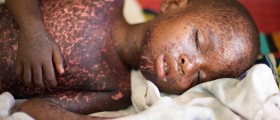
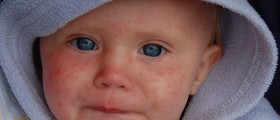






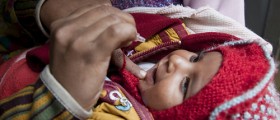
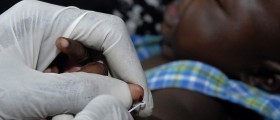



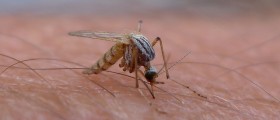
Your thoughts on this
Loading...